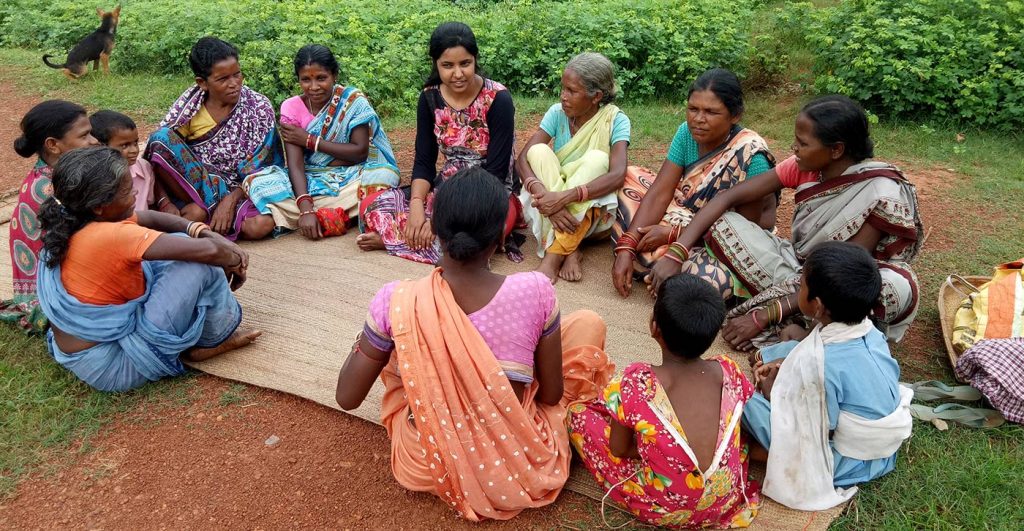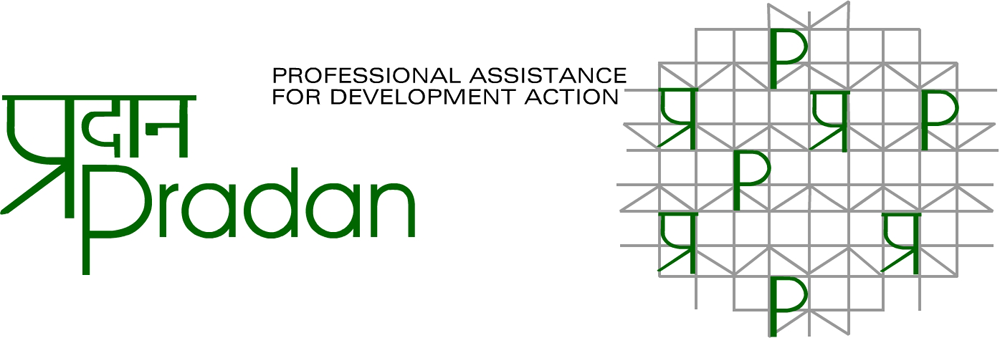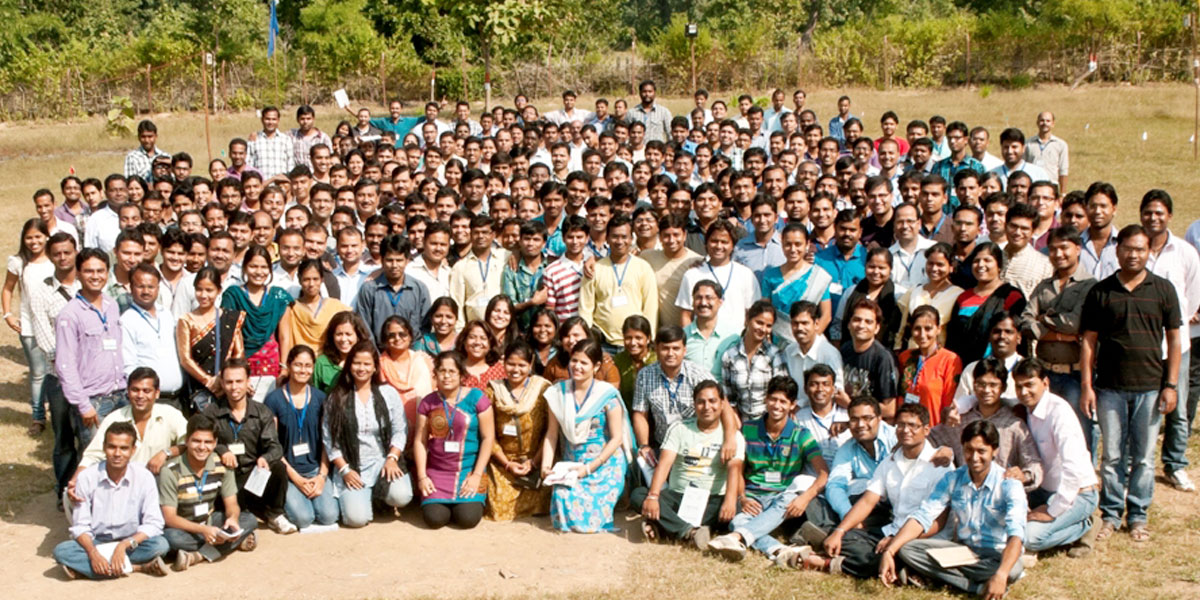Leveraging Technology to Secure Tribal Land Rights: Why We Invested in Pradan

With over 104 million people across more than 700 different tribes accounting for 9% of the country's total population, India is home to one of the largest indigenous populations in the world.
Often living in the remotest part of the country, each of these tribes have distinct cultures and traditions that shape their professions, practices and identities that they have carried with them for centuries. Consequently, the tribal population continue to remain disconnected without adequate access to the services provided by the state and or the ability to access the opportunities provided by the market.
Thus, these communities look to the forests as their primary source of livelihood, and for much of the last century they did not have formal recognition of the customary rights they had over these forest lands. This lack of tenure security limits their ability to adopt efficient farming practices and also disincentivised investments in the property that would have made it more productive.
Further, the lack of such rights also has a cascading effect on the day to day lives of people from tribal communities. For instance, without any proof of residence, it is often difficult to open a bank account or even enrol one's child in a school.
Moreover, despite cultivating produce from forests, the lack of a formal farmer status for people from tribal communities prevent them from accessing welfare benefits such as a Kisan Credit Card, minimum support price for their produce and also limits their access to government infrastructure schemes including irrigation programmes.


